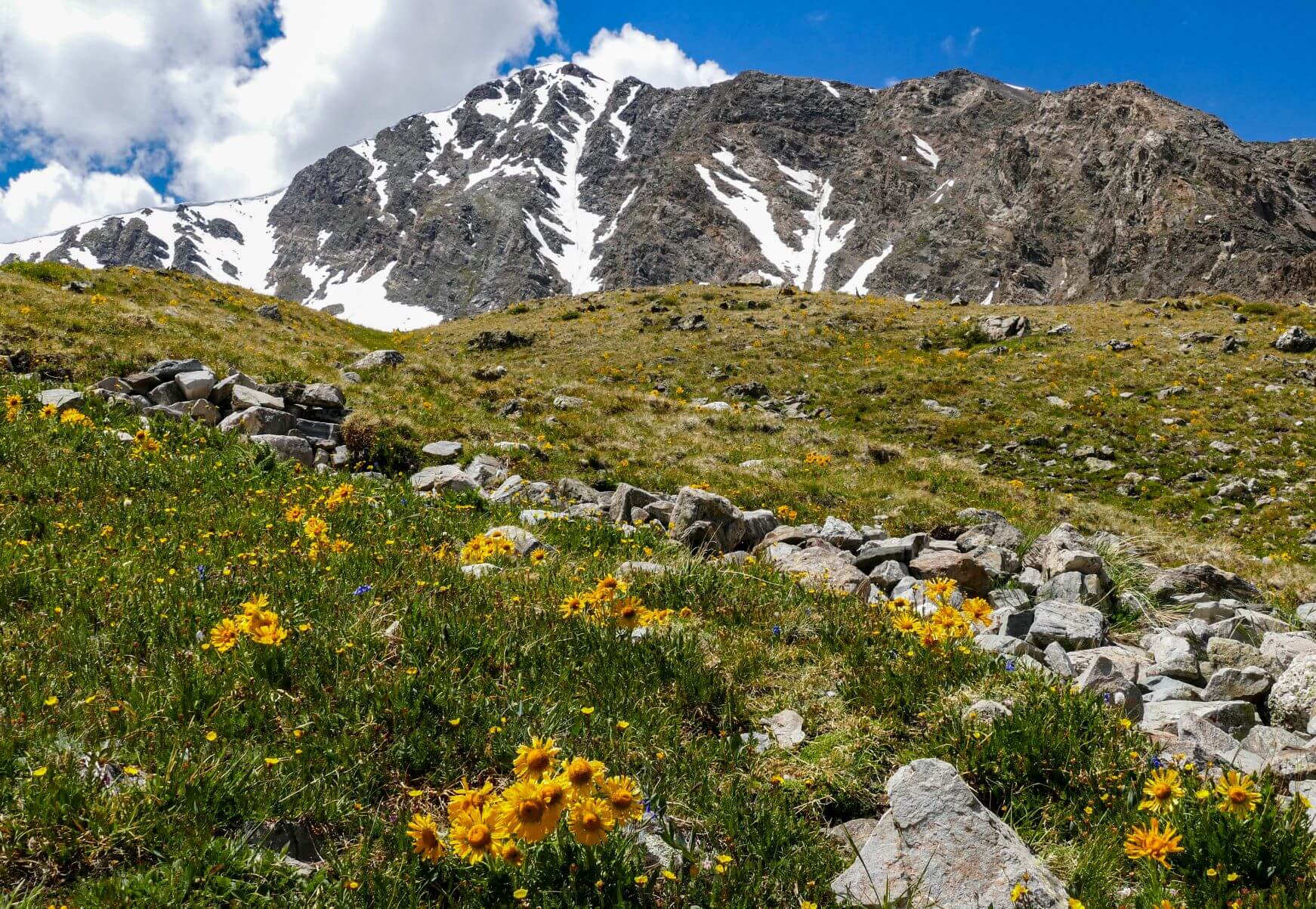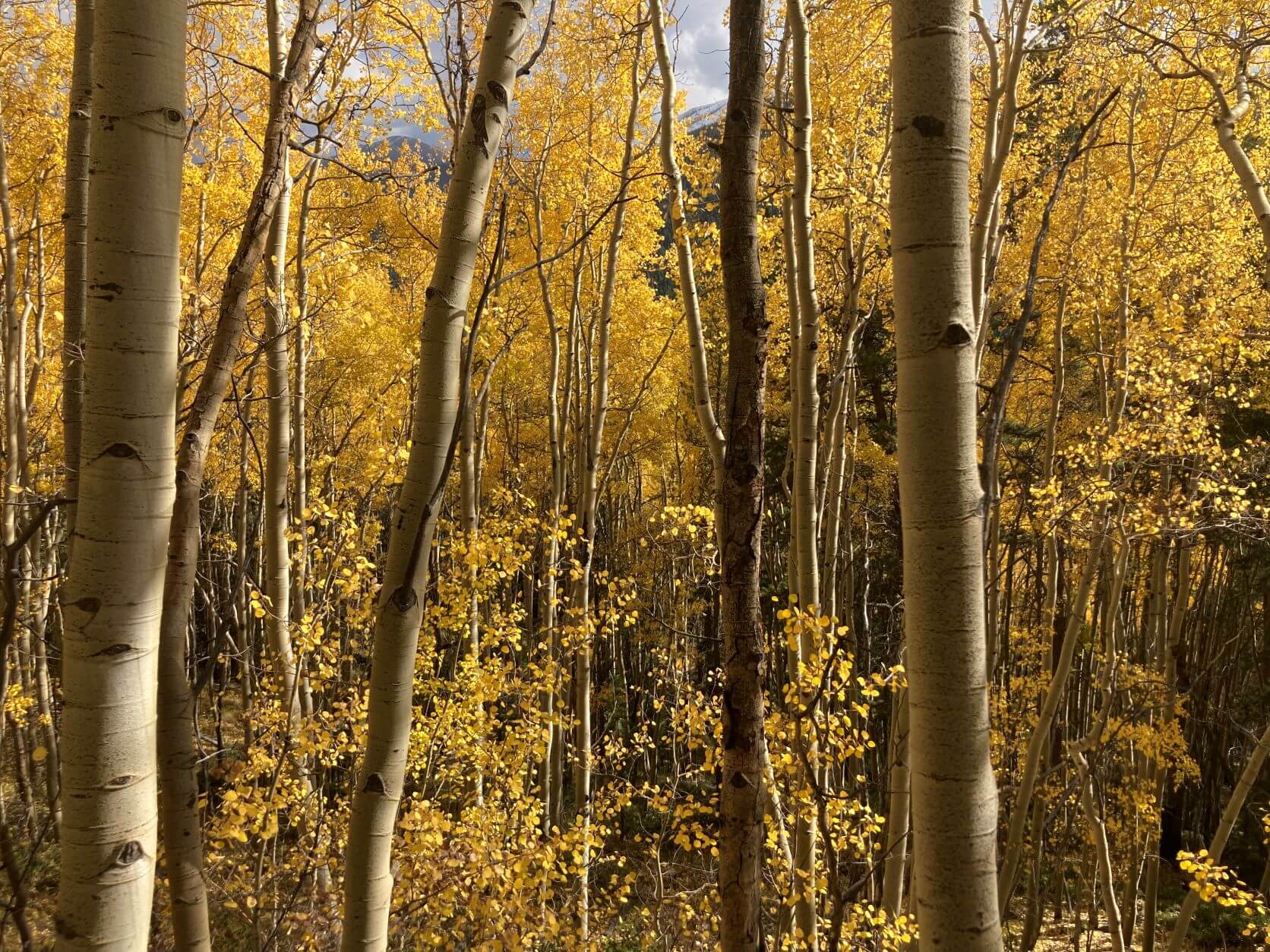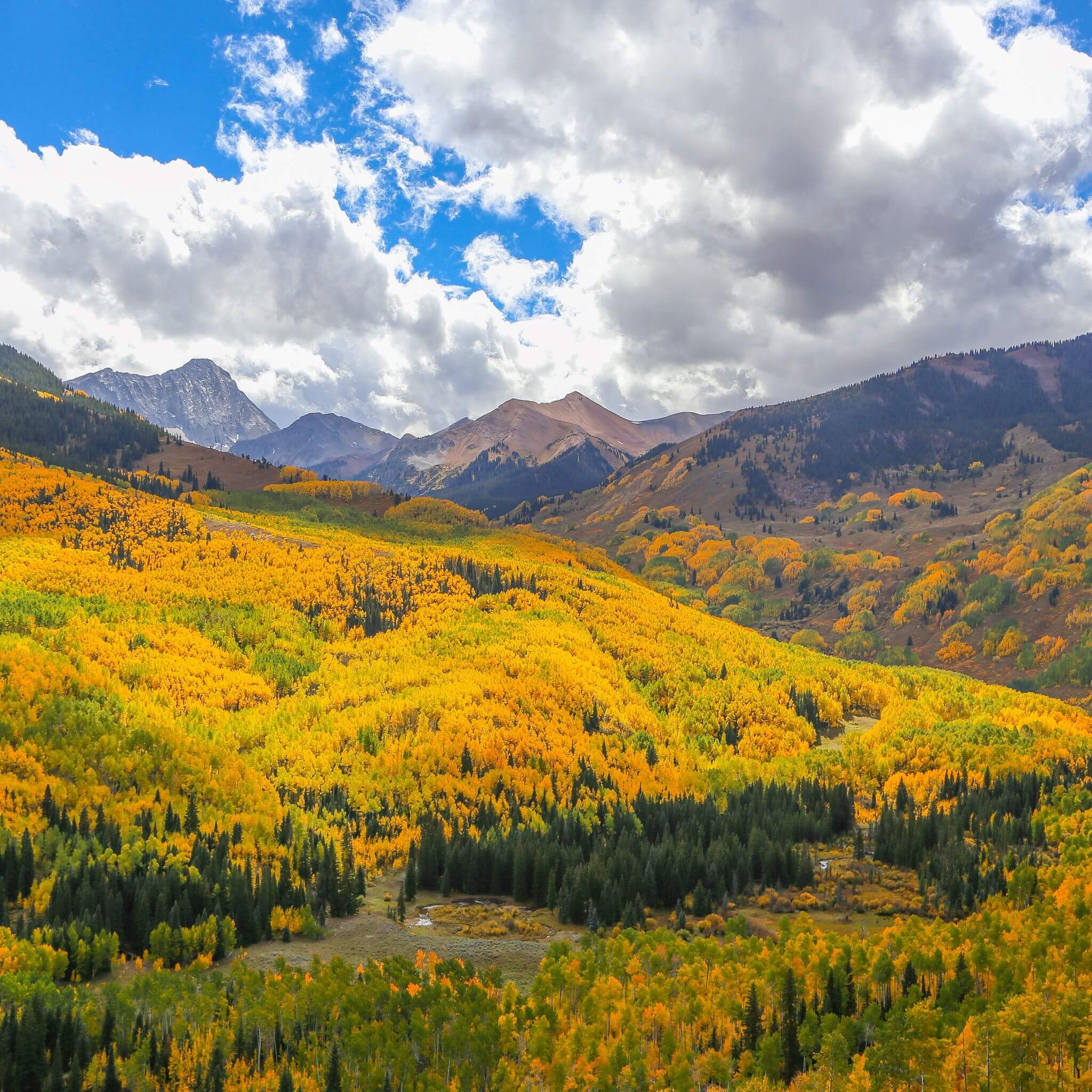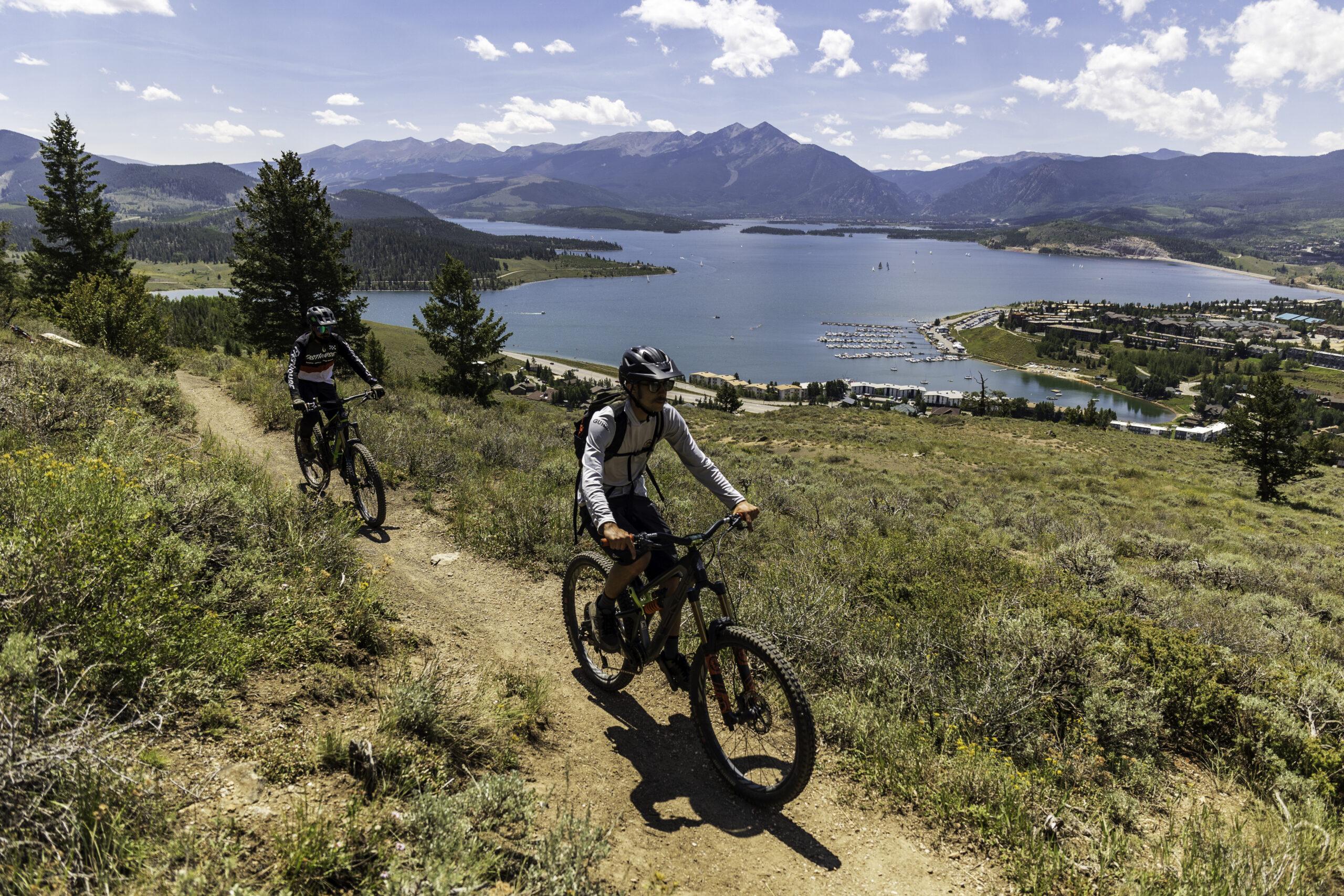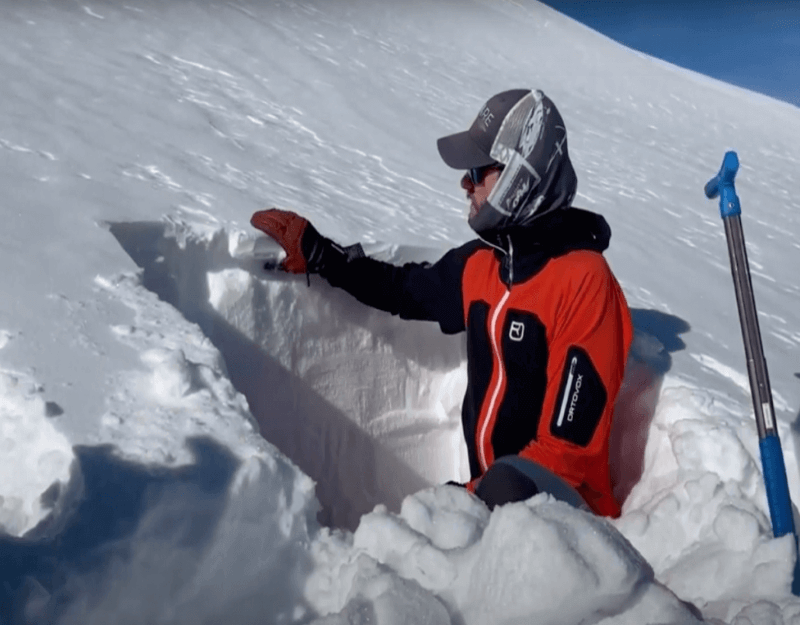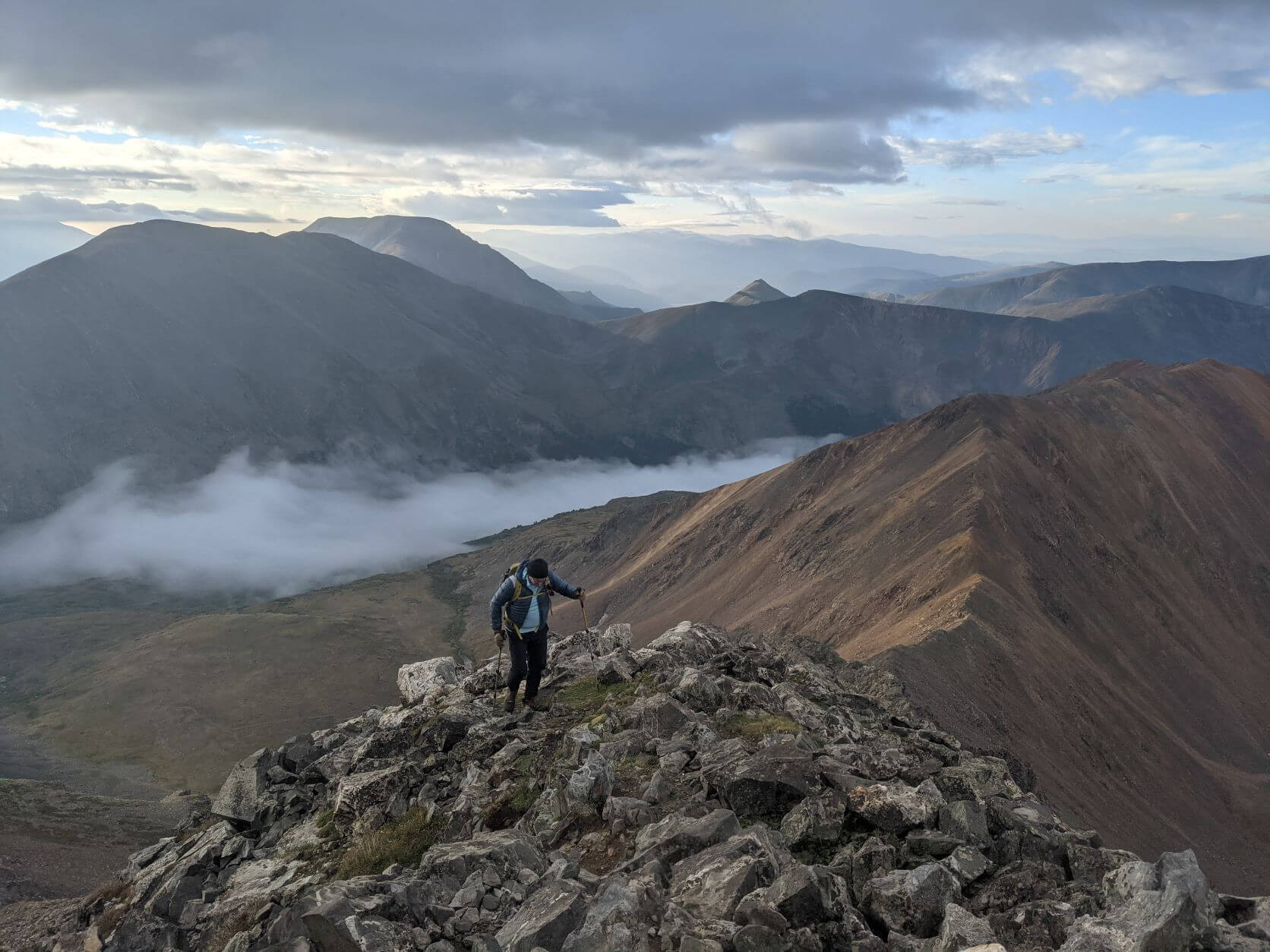
7 Tips for Hiking a Fourteener in Colorado
6 Reasons to Take a Mountain Bike Skills Course in Colorado
7 Important Tips for Hiking one of Colorado’s Fourteeners
How to Hike a Fourteener: Tips for Climbing Grays, Torreys, Quandary, and other High Colorado Summits
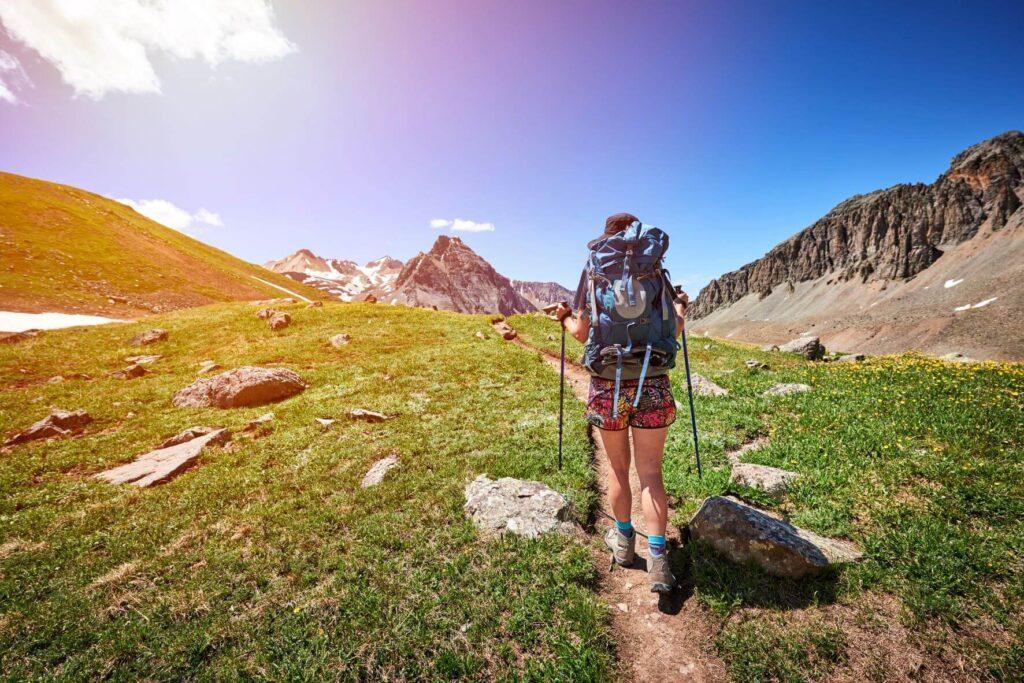
For hikers in Colorado, few objectives are more sought after than the state’s 58 peaks above 14,000 feet. Some of the best peaks accessed from Summit County include Grays Peak, Torreys Peak, and Quandary Peak. All of these mountains offer up a great intro to climbing Colorado’s Fourteeners.
Hikers from Denver to Florida flock to Colorado’s high Rockies to hike to our many 14,00-foot summits, and many may not realize what an undertaking a climb like this can be. But with proper planning and preparation, you’ll find yourself safely back at the trailhead reminiscing on summit stories.
Understanding the Terrain: What’s it Like to Climb a Fourteener?
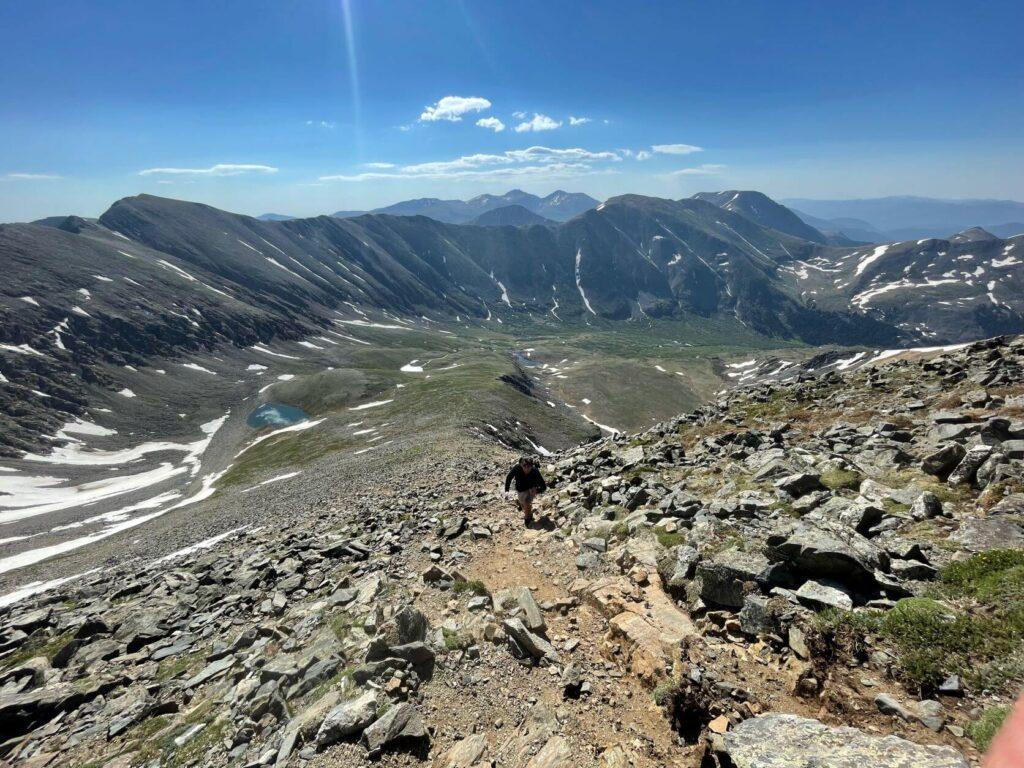
Colorado has the highest concentration of 14,000-foot peaks in the U.S. We’ve got our high average elevation and proximity to the Rockies and Continental Divide to thank for that. Because these peaks rise far above treeline, the terrain is a rocky alpine wonderland that is both imposing and challenging. Fourteener difficulty varies widely from peak to peak—some have a well-maintained and easy to follow trail to the summit, while others require skilled route-finding and often ropes and climbing skills.
No matter which peak you choose to climb, you’re bound to be met with a rewarding challenge. You’ll need to climb thousands of feet of elevation gain on the hike up and then have the energy to get back down after a summit celebration. You’ll likely traverse sections of loose rock and boulder fields and you’ll probably find yourself on a windy ridge. And, of course, you’ll be topping out over 14,000 feet above sea level, so you’ll need to be acclimated to the elevation. The challenge of climbing one of Colorado’s Fourteeners will reward you with views of surrounding high peaks, alpine flora and fauna, and a good leg-burning hike to remember.
Successful Summits: Common Mistakes and Tips for Hiking your First Fourteener
If you’re new to hiking Colorado’s high peaks, it’s necessary to be prepared for the adventure. It can be easy to overlook the details before you head out for your trek, but if you’ve done your research and trained well, you’re more likely to have a great time on your push to the summit.
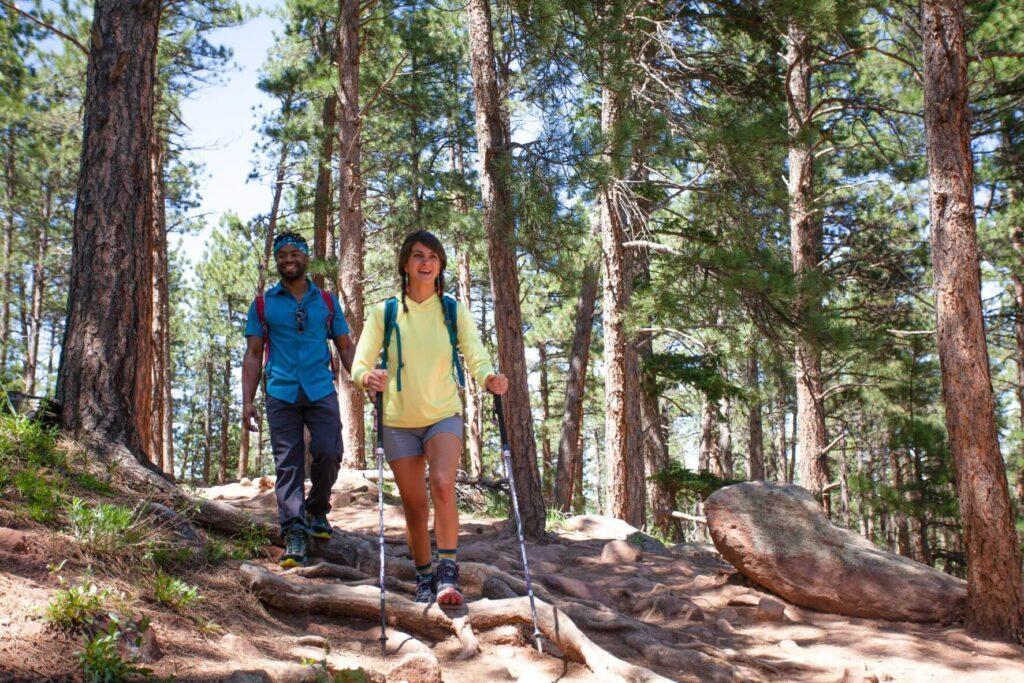
1. Assess your Fitness Level
Climbing a Fourteener is more demanding than your typical hiking trail. You’ll be out for multiple hours, climbing in elevation, and encountering alpine terrain. Be sure you’re physically prepared for the challenge before you set out from the trailhead with the summit in mind. Many hikers new to Fourteeners underestimate how tough the climb can be, and the hike isn’t over once you’re at the summit; you’ve got to get back to the trailhead safely, too. The more physically prepared you are for the climb, the better the experience will be. Hit the trails and hike some steeper climbs as training before you set your sights on a Fourteener.

2. Acclimate to Altitude
The altitude in Colorado is no joke. Going from a low elevation up to 14,000 feet too quickly is a bad idea. Take the time to adjust to the thinner mountain air before starting your climb. Do a shorter hike at a moderate elevation, or spend a night at camp before you hit the high peaks to help your lungs and legs adjust. Doing this will only make your Fourteener hike that much more enjoyable.
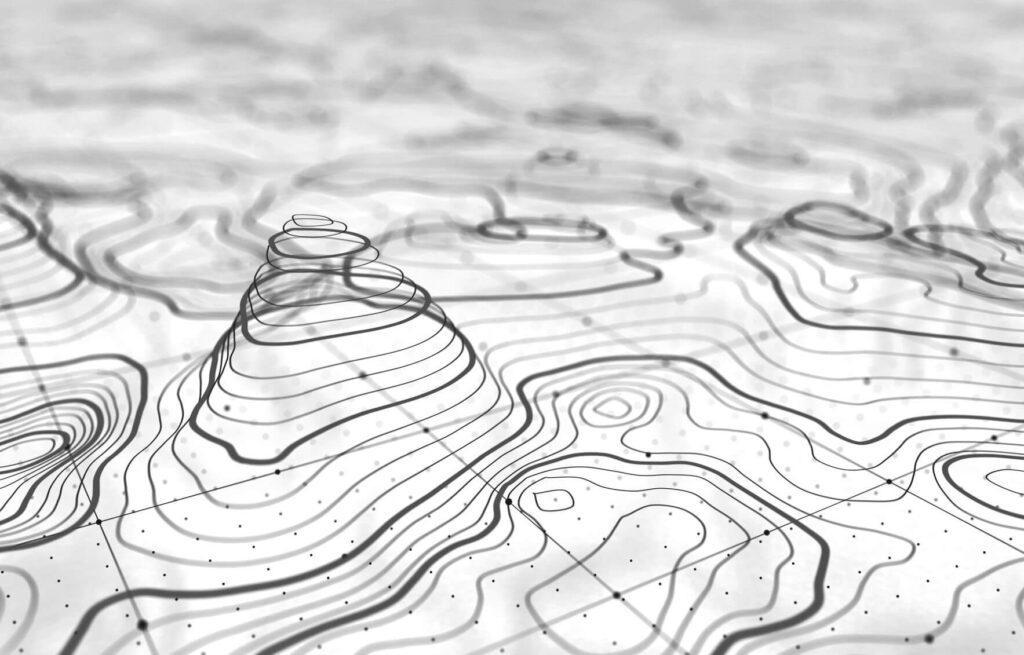
3. Know your Route
Do your homework before you head out to hike. Study maps and trail routes so you know where you’re headed before your boots hit the dirt. For most Fourteeners, it’s crucial to stay on your intended route in order to avoid impassable sections of trail, like cliffs. Know how many miles you have ahead of you and how much climbing you’ll have to do so that you can get a better gauge of how long it will take.
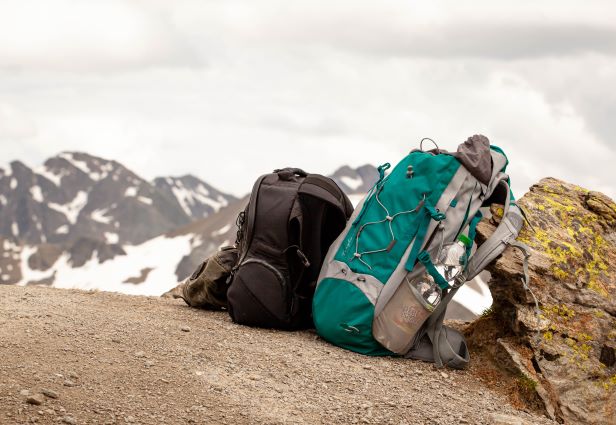
4. Pack the Essentials
Bring a pack along for the trek and make sure it’s full of everything you need for your hike: water, food, navigation, layers, first aid, and communication. Bring more water than you think you’ll need; the high alpine can dehydrate you quickly, between the altitude, wind, and sun. Sip plenty of water throughout the hike to stay hydrated. Have trail snacks on hand, and maybe even pack a lunch to chow on at the summit. Be sure that you have a map and compass (and know how to read and use them). GPS navigation can be helpful too if that’s your style, but don’t rely on that alone. Anytime you venture into the wilderness, it’s always a good idea to have some basic first aid on hand.
When you pick your layers for the hike, remember that it may be calm and warm at the trailhead, but that 14,000-foot summit is likely to be chilly and windy. Bring extra layers just in case and definitely don’t forget your sunglasses and sunscreen—the rays are strong up here!
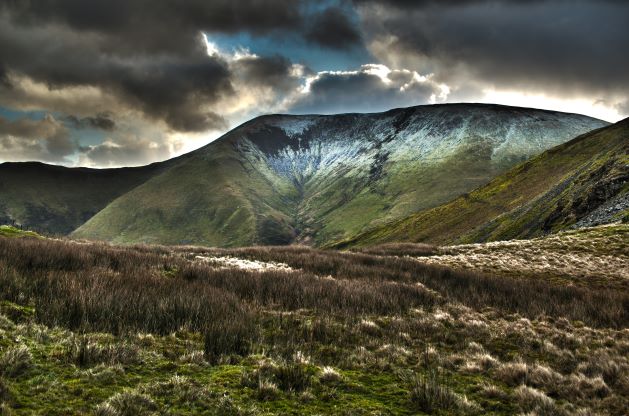
5. Check the Weather
Colorado is fickle. One minute it will be hot and sunny, and the next it could be snowing and blowing. Take a good look at the weather forecast when you’re planning your hike. In the summer months, it’s common for afternoon thunderstorms to roll in and the last place you want to be when there’s lightning is above treeline on a high peak.
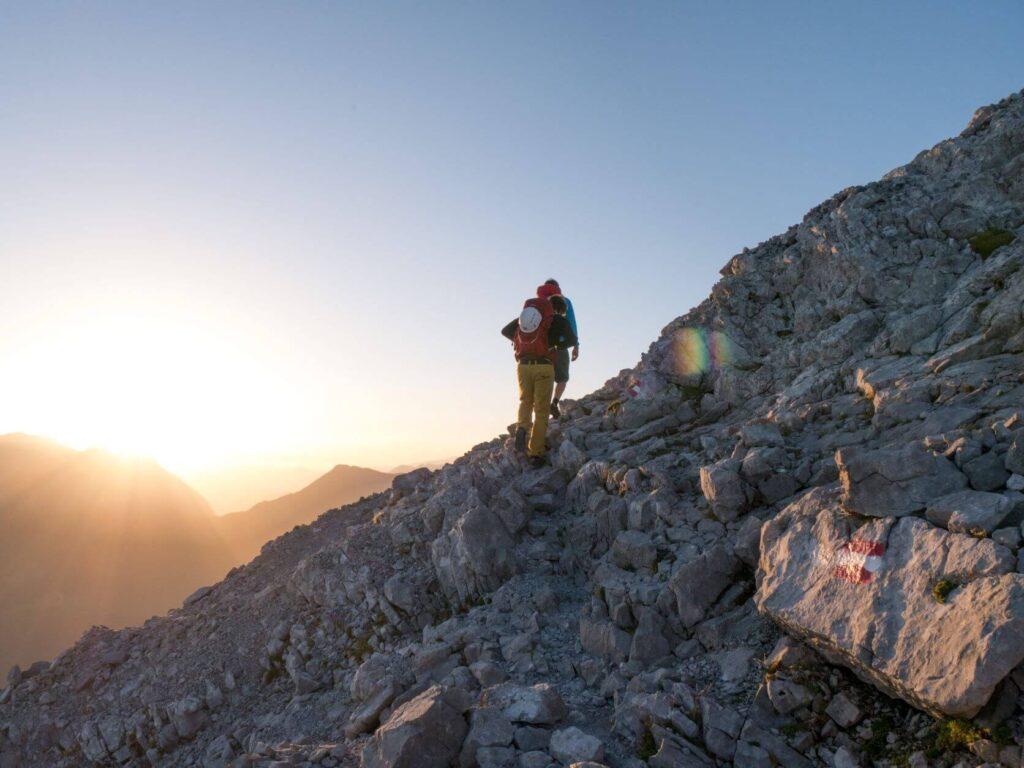
6. Get out Early
Many Fourteener hikers fancy headlamps, and for a good reason. Getting an early (often pre-dawn) start on these high peaks is a great way to ensure you’ve got plenty of time to hike and to help you avoid the afternoon thunderstorms that linger in the mountains mid-summer. And there’s another bonus to early starts: watching the sunrise color the mountains from the trail.

7. Know When to Turn Around
It’s great to plan hikes with an objective, like a 14,000-foot summit, but it’s also important to know when these objectives may be out of reach on any given day. Sometimes it’s the weather and others it’s how you’re feeling. Either way, knowing when it’s time to turn around and try another day is a crucial skill for hikers.
When it comes to weather, keep an eye on the skies. If you see dark clouds forming and you haven’t reached the summit yet, it’s time to turn around and try another day before the lightning and thunder end up right overhead. The summit will always be there.
It’s also important to look out for signs of altitude sickness when hiking at high elevations. Common symptoms are nausea, headache, and fatigue. Unfortunately, there’s no magic pill to instantly cure altitude sickness and the best thing to do is go down to a lower elevation. If you’re not feeling well, don’t try to struggle to the summit anyway. Most instances of altitude sickness are mild, but pushing it too hard can result in more serious conditions like High Altitude Pulmonary Edema (HAPE) or High Altitude Cerebral Edema (HACE). Turn around before you have to remember those acronyms.
As long as you’re well prepared, hiking Colorado’s Fourteeners is a fun and rewarding challenge that allows you to be immersed in the high Rockies. Avoid the common mistakes of hikers new to this challenge and you’ll likely have a good time and hopefully find yourself with some summit stories to take home with you.
Fourteeners Near Summit County: Grays, Torreys, and Quandary Peak
For visitors to Summit County, the easiest accessed Fourteeners are Quandary Peak and Grays and Torreys Peaks. Quandary sits just south of Breckenridge near Hoosier Pass and is a great intro to hiking Fourteeners. Grays and Torreys sit along the Front Range on the edge of Summit County. The two peaks are connected by a saddle and are often hiked together in the same day. For hikers climbing these peaks for the first time without a guide, we highly recommend taking the standard route up each peak as it will be the most straight-forward, easiest to follow, and usually the least challenging.
What if I want to Hire a Guide?
We’re here to help! Climbing a Fourteener with an experienced local guide has many benefits. A guide can help with showing you the route while offering up fun facts about the area you’re hiking in. Plus, if you’re interested in climbing one of the peaks near Summit County, like Grays and Torreys or Quandary from an alternate route, a guide can show you the way through mountain meadows and up alpine ridgelines to the summit with fewer crowds and spicier trails.
Colorado Adventure Guides operates on Quandary Peak, where we guide both the standard route and alternate routes to the summit, as well as Grays and Torreys Peaks where we take hikers up alternative routes, like Kelso Ridge. Or, if a day hike doesn’t quite satisfy, we guide overnight hikes, camping near treeline before summiting the next day.


